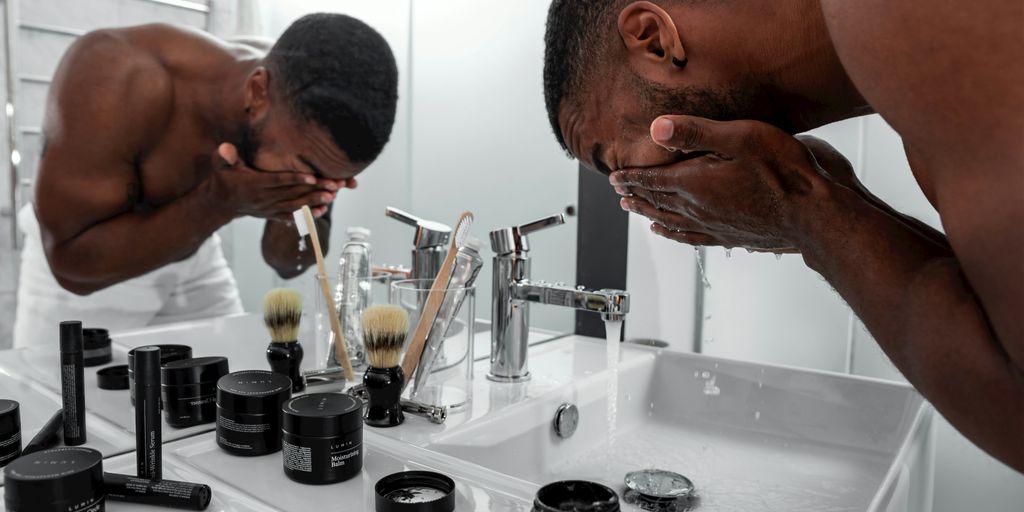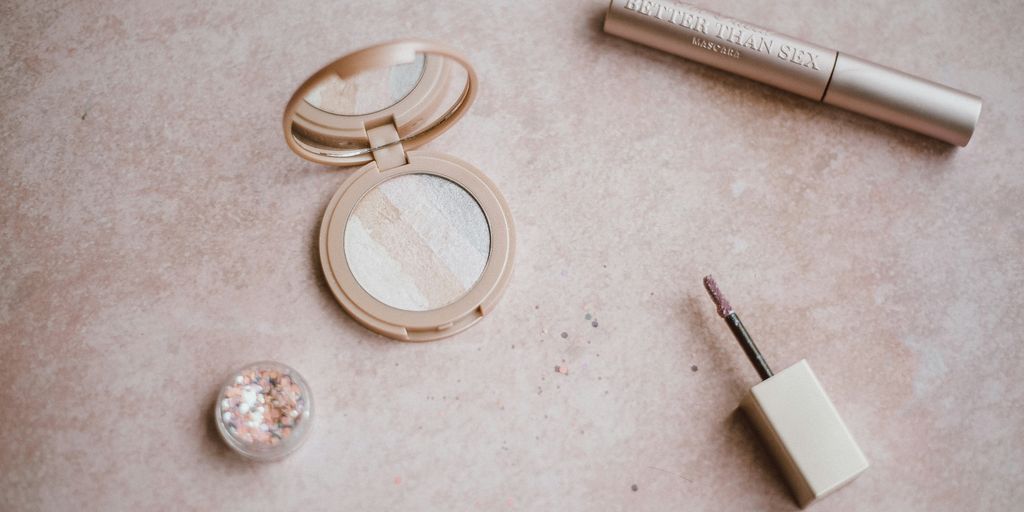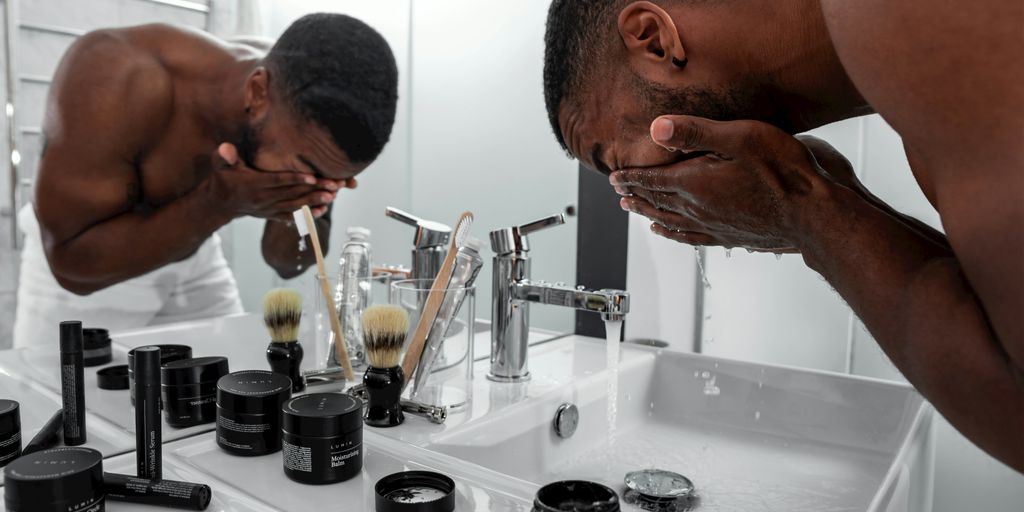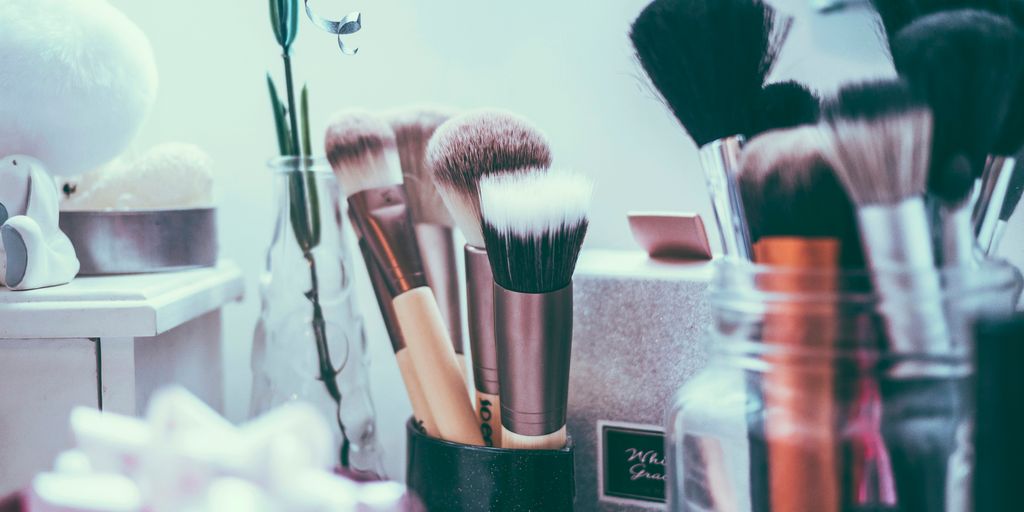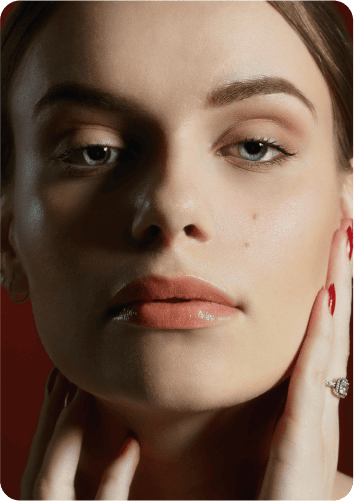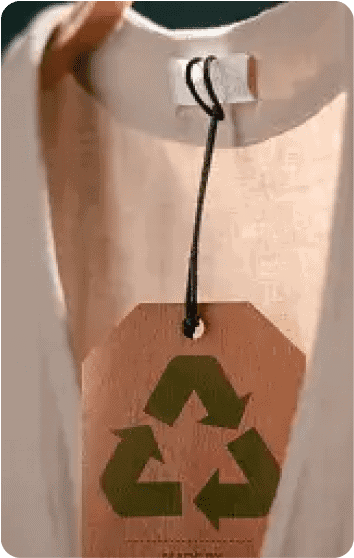As consumers become more conscious about the products they use, the question of whether brands are truly cruelty-free is more important than ever. Gold Bond, known for its skin care products, has faced scrutiny regarding its animal testing policies. In this article, we’ll explore the truth behind Gold Bond’s practices and whether they align with the cruelty-free standards that many consumers value today.
Key Takeaways
- Cruelty-free means no animal testing at any stage of product development.
- Gold Bond’s official stance on animal testing is crucial for consumers to understand.
- Consumer demand for ethical products is changing the beauty industry landscape.
- There are many cruelty-free alternatives to Gold Bond that consumers can choose from.
- Transparency in animal testing practices is vital for brand trust and loyalty.
Understanding Cruelty-Free Standards
What Does Cruelty-Free Mean?
Okay, so what does "cruelty-free" actually mean? It’s a term thrown around a lot, but it’s important to understand what it signifies. Basically, it means that a product wasn’t tested on animals at any stage of its development. This includes the ingredients, the final product, and even testing done by third-party suppliers. However, the definition can vary, which is why certifications are so important. It’s not just about the final product; it’s about the entire process.
The Importance of Certification
Certifications are key. Think of them as a way to verify a brand’s claims. There are a few different organizations that offer cruelty-free certifications, like Leaping Bunny and PETA’s Beauty Without Bunnies program. These organizations have specific standards that companies must meet to get certified. Without these certifications, it’s hard to know for sure if a product is truly cruelty-free. It adds a layer of trust, especially when transparency can be murky.
Common Misconceptions About Cruelty-Free
There are a lot of misunderstandings about what cruelty-free really means. One big one is that cruelty-free automatically means vegan. It doesn’t. Cruelty-free means no animal testing, but a product can still contain animal-derived ingredients like beeswax or honey. Also, some people think that if a product is made in a country that doesn’t require animal testing, it’s automatically cruelty-free. That’s not always the case either, because the ingredients could have been tested elsewhere. It’s a bit of a minefield, honestly.
It’s easy to get confused by all the different labels and claims. Doing a little research can really help you make informed choices. Look for those certifications and don’t be afraid to ask brands directly about their policies. Every little bit helps!
Gold Bond’s Animal Testing Policies
Official Statements from Gold Bond
It’s important to understand where Gold Bond stands on animal testing. Companies often release official statements outlining their policies, but these can sometimes be a bit vague. We’ll take a look at what Gold Bond has publicly stated about their practices. It’s worth noting that policies can change, so we’ll be focusing on their current stance as of 2025. Are they explicitly cruelty-free? Do they mention anything about working with suppliers who conduct animal testing? These are the questions we’ll try to answer.
Third-Party Testing Practices
Even if a company doesn’t conduct animal testing themselves, it’s possible that their ingredients or products are tested by third parties. This is especially common when selling in countries where animal testing is required by law. Understanding these third-party practices is key to determining whether a brand is truly cruelty-free. We’ll investigate whether Gold Bond’s products or ingredients undergo testing at any stage of production or distribution, even if it’s not directly done by them.
Comparative Analysis with Other Brands
To get a better picture of Gold Bond’s policies, it’s helpful to compare them to other brands in the skincare industry. Some companies have gone above and beyond to achieve cruelty-free certification, while others have been less transparent. By looking at how Gold Bond stacks up against its competitors, we can better assess its commitment to ethical practices.
It’s important to remember that the definition of "cruelty-free" can vary. Some companies may claim to be cruelty-free while still using ingredients that have been tested on animals in the past. It’s up to each consumer to decide what level of cruelty-free they are comfortable with.
Consumer Demand for Ethical Products
The Rise of Cruelty-Free Awareness
It feels like just yesterday that cruelty-free was a niche concept, but now it’s a major force in the market. More and more people are waking up and realizing that what they buy has an impact. They’re not just looking at the price tag; they’re checking labels, doing research, and asking questions about how products are made. This shift is fueled by documentaries, social media campaigns, and a general increase in awareness about animal welfare. Consumers are actively seeking out brands that align with their values, and that includes avoiding products tested on animals.
Impact on Brand Loyalty
Brand loyalty isn’t what it used to be. People are willing to switch brands if they find out a company’s practices don’t match their own ethics. A brand’s stance on animal testing can be a deal-breaker for many. If a company is transparent and committed to cruelty-free practices, it can build a strong, loyal customer base. On the flip side, a company caught engaging in animal testing can face serious backlash and lose customers quickly. It’s all about trust, and in today’s world, trust is earned through ethical behavior.
Shifts in Consumer Preferences
Consumer preferences are changing, and it’s not just about avoiding animal testing. People are also looking for products with natural ingredients, sustainable packaging, and ethical sourcing. They want to know the whole story behind a product, from start to finish. This trend is driving companies to rethink their entire business model and prioritize ethical practices across the board. It’s not enough to just be cruelty-free; consumers want brands that are committed to making a positive impact on the world.
The demand for ethical products is not a fad; it’s a fundamental shift in how people think about consumption. Consumers are more informed and empowered than ever before, and they’re using their purchasing power to create a more just and sustainable world.
Here’s a quick look at how consumer preferences are shifting:
- Increased demand for transparency
- Preference for natural and organic ingredients
- Focus on sustainable packaging
- Support for companies with ethical labor practices
Exploring Alternatives to Gold Bond
If you’re looking to make more ethical choices, finding alternatives to brands like Gold Bond is a great step. There are many companies out there that prioritize cruelty-free practices, and often, their products are just as effective, if not more so.
Top Cruelty-Free Brands
Okay, so you’re ready to switch things up. Here are a few brands to consider. Keep in mind that product availability can change, so it’s always a good idea to double-check their cruelty-free status before purchasing. Some popular options include: Tuel Skincare, Murad, and Organic Fiji. These brands have gained recognition for their commitment to avoiding animal testing.
Benefits of Choosing Alternatives
Choosing cruelty-free products isn’t just about animals; it’s also about supporting better business practices. When you buy from cruelty-free brands, you’re often supporting companies that are more conscious of their environmental impact and worker welfare.
Here’s a quick rundown of the benefits:
- Ethical alignment: You’re supporting companies whose values align with your own.
- Potentially better ingredients: Cruelty-free brands sometimes focus on natural and sustainable ingredients.
- Positive impact: You’re contributing to a movement that reduces animal suffering.
Making the switch to cruelty-free products can feel overwhelming at first, but it’s a worthwhile change. It’s about voting with your wallet and supporting the kind of world you want to see.
How to Identify Ethical Products
So, how do you actually know if a product is ethical? It can be tricky, but here are a few things to look for:
- Check for certifications: Look for logos from organizations like Leaping Bunny or PETA. These certifications mean the company has been independently verified as cruelty-free.
- Read the labels: See if the product specifically states that it is "not tested on animals."
- Do your research: A quick search online can often reveal a brand’s animal testing policies. Check out websites or blogs dedicated to cruelty-free living. It’s worth the effort to be sure!
The Role of Transparency in Beauty Brands
Why Transparency Matters
In today’s market, transparency isn’t just a nice-to-have; it’s a must-have. Consumers want to know what they’re buying and where it comes from. This is especially true in the beauty industry, where ingredients and ethical practices are under constant scrutiny. Brands that are open about their processes build trust, while those that aren’t risk alienating a growing segment of conscious consumers. It’s about showing, not just telling, that you care.
How Brands Communicate Their Practices
Brands use a variety of methods to communicate their practices, including:
- Detailed ingredient lists on packaging.
- Dedicated pages on their websites explaining their sourcing and manufacturing processes.
- Social media campaigns highlighting their ethical initiatives.
- Partnerships with certification organizations to validate their claims.
- Annual reports detailing their environmental and social impact.
Some brands even offer behind-the-scenes tours or live Q&A sessions to further demonstrate their commitment to openness. It’s all about finding ways to connect with consumers and provide them with the information they crave.
The Impact of Social Media on Brand Accountability
Social media has completely changed the game for brand accountability. Now, consumers have a direct line to brands and a public platform to voice their concerns. If a brand is caught making false claims or engaging in unethical practices, the backlash can be swift and severe.
Social media acts as a watchdog, holding brands accountable for their actions and forcing them to be more transparent. It’s a powerful tool for consumers who want to make informed choices and support brands that align with their values.
Brands that embrace transparency on social media are more likely to build a loyal following and weather any potential storms. Those that try to hide or mislead risk losing the trust of their customers and damaging their reputation.
The Future of Cruelty-Free Beauty
Trends in Ethical Consumerism
Ethical consumerism isn’t just a fad; it’s a growing movement. More and more people are thinking about the impact of their purchases, and that includes beauty products. They want to know if a product is safe, but also if it aligns with their values. This trend is pushing brands to rethink their practices and be more open about their animal testing policies. It’s not enough to just say you’re cruelty-free; consumers want proof.
Predictions for the Beauty Industry
I think we’re going to see some big changes in the beauty industry over the next few years. For one, I expect more brands to get certified by organizations like Leaping Bunny. This will help consumers easily identify truly cruelty-free products. Also, I think we’ll see more innovation in testing methods. Companies are already exploring alternatives to animal testing, like using human cell cultures and computer models. These methods are not only more ethical, but they can also be more accurate.
The Role of Legislation in Animal Testing
Legislation plays a big part in the future of cruelty-free beauty. More countries are banning or restricting animal testing for cosmetics, and that’s putting pressure on brands to change their ways.
If more places pass laws against animal testing, it will be harder for companies to justify continuing the practice. It will also level the playing field, so that companies that are already cruelty-free aren’t at a disadvantage.
Here are some things that could happen:
- More international cooperation on animal testing regulations.
- Increased funding for research into alternative testing methods.
- Stricter penalties for companies that violate animal testing laws.
Making Informed Choices as a Consumer
How to Research Brands Effectively
Okay, so you’re trying to figure out if a brand is actually cruelty-free? It can feel like detective work, I know. First, hit up the brand’s website. Look for a clearly stated animal testing policy. If it’s buried or vague, that’s a red flag. Next, check out third-party resources. Websites like Cruelty-Free Kitty and Ethical Elephant do a lot of the digging for you. They maintain lists of brands that meet specific cruelty-free criteria. Don’t just stop there, though. Read reviews and see what other consumers are saying. Sometimes, you’ll find information that the official sources don’t reveal. Finally, remember that things change. A brand that was cruelty-free last year might not be this year, so keep your research current.
Understanding Labels and Certifications
Navigating the world of cruelty-free labels can be confusing. There are a few key certifications to look for. The Leaping Bunny Program is probably the most well-known. It means the brand doesn’t test on animals at any stage of production. PETA’s Beauty Without Bunnies is another common one, but it has slightly different criteria. It’s important to understand what each certification actually means. Some brands might use terms like "cruelty-free" or "not tested on animals" without any real verification. These claims can be misleading. Look for the official logos of certified programs to be sure. Also, be aware that a product can be vegan without being cruelty-free, and vice versa. Vegan means it doesn’t contain animal ingredients, but it doesn’t necessarily mean it wasn’t tested on animals.
The Importance of Supporting Ethical Brands
Choosing to support ethical brands makes a real difference. When you buy from companies that prioritize cruelty-free practices, you’re sending a message to the entire industry. You’re telling them that consumers care about animal welfare and that they’re willing to put their money where their mouth is. This can encourage other brands to adopt more ethical practices. Plus, many cruelty-free brands also focus on other important issues, like sustainability and fair labor practices. By supporting these brands, you’re contributing to a more just and responsible economy. It’s not just about what you’re not buying (products tested on animals); it’s about what you are buying (products that align with your values).
Making informed choices as a consumer is a powerful way to drive change. It’s about doing your homework, understanding the labels, and supporting the brands that are doing things the right way. Every purchase is a vote, so make yours count.
As a smart shopper, it’s important to make choices that are good for you and the planet. By understanding what you buy, you can support brands that care about the environment and your health. Check out our website for tips and tools that can help you shop wisely and make a positive impact. Start making better choices today!
Final Thoughts on Gold Bond’s Cruelty-Free Status
In wrapping up our exploration of Gold Bond’s practices, it’s clear that the question of whether they’re truly cruelty-free isn’t straightforward. While they do offer some products that may align with cruelty-free standards, the overall picture remains murky. It’s essential for consumers to dig deeper and consider the broader implications of their purchases. If you’re passionate about supporting brands that prioritize ethical practices, it might be worth looking into alternatives that are fully committed to cruelty-free principles. Ultimately, being informed helps us make choices that reflect our values, and that’s what really matters.
Frequently Asked Questions
What does it mean for a product to be cruelty-free?
Cruelty-free means that the product was not tested on animals. This means no animals were harmed or used in the testing process.
Why is certification important for cruelty-free products?
Certification shows that a brand follows strict rules about not testing on animals. It helps consumers trust that the products they buy are truly cruelty-free.
Does Gold Bond test on animals?
Gold Bond claims they do not test their products on animals. However, it’s important to check their latest statements for confirmation.
Are there other brands that are cruelty-free like Gold Bond?
Yes, there are many cruelty-free brands. Some popular ones include Eco-Fin, Murad, and Organic Fiji.
How can I tell if a product is cruelty-free?
Look for labels or symbols on the packaging that say ‘cruelty-free’ or have a certification logo from groups like PETA.
Why should I choose cruelty-free products?
Choosing cruelty-free products supports animal rights and promotes ethical practices in the beauty industry. It also helps you feel good about what you use.


